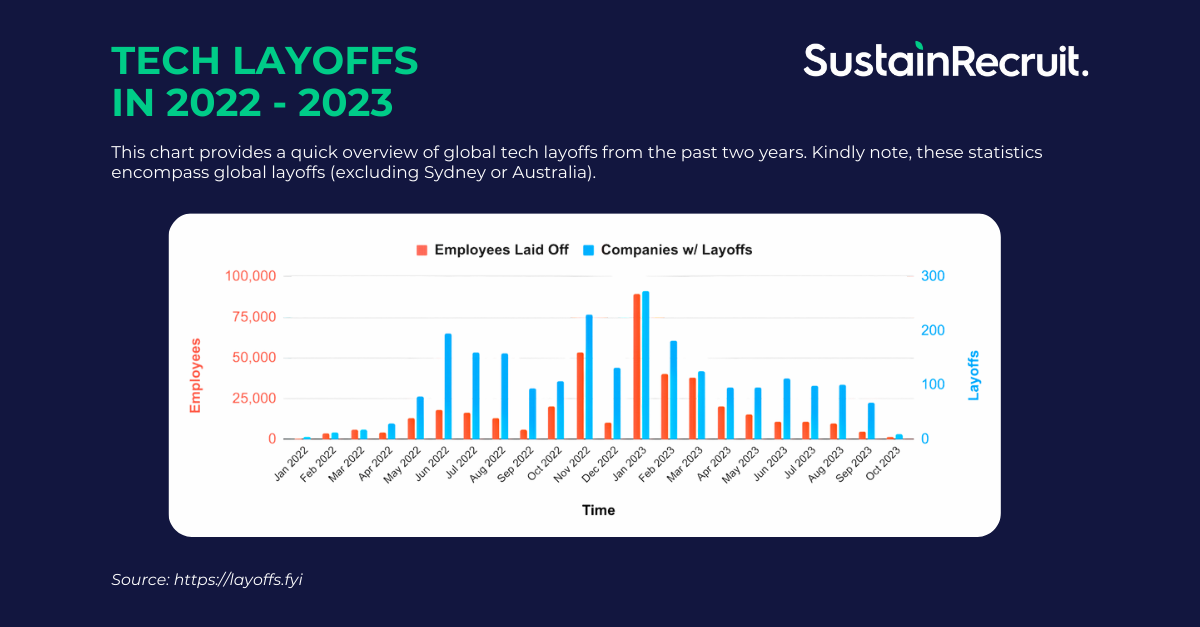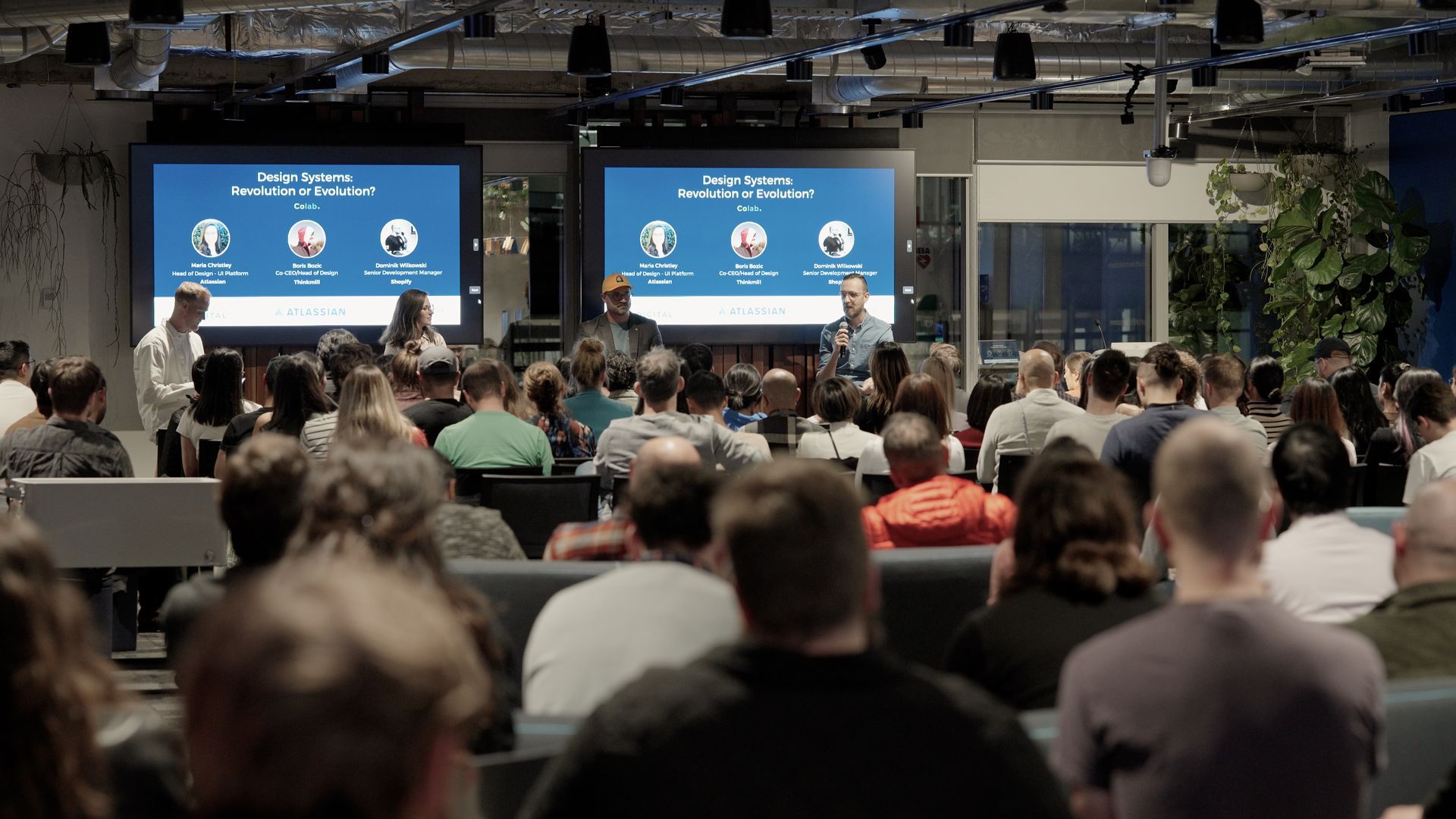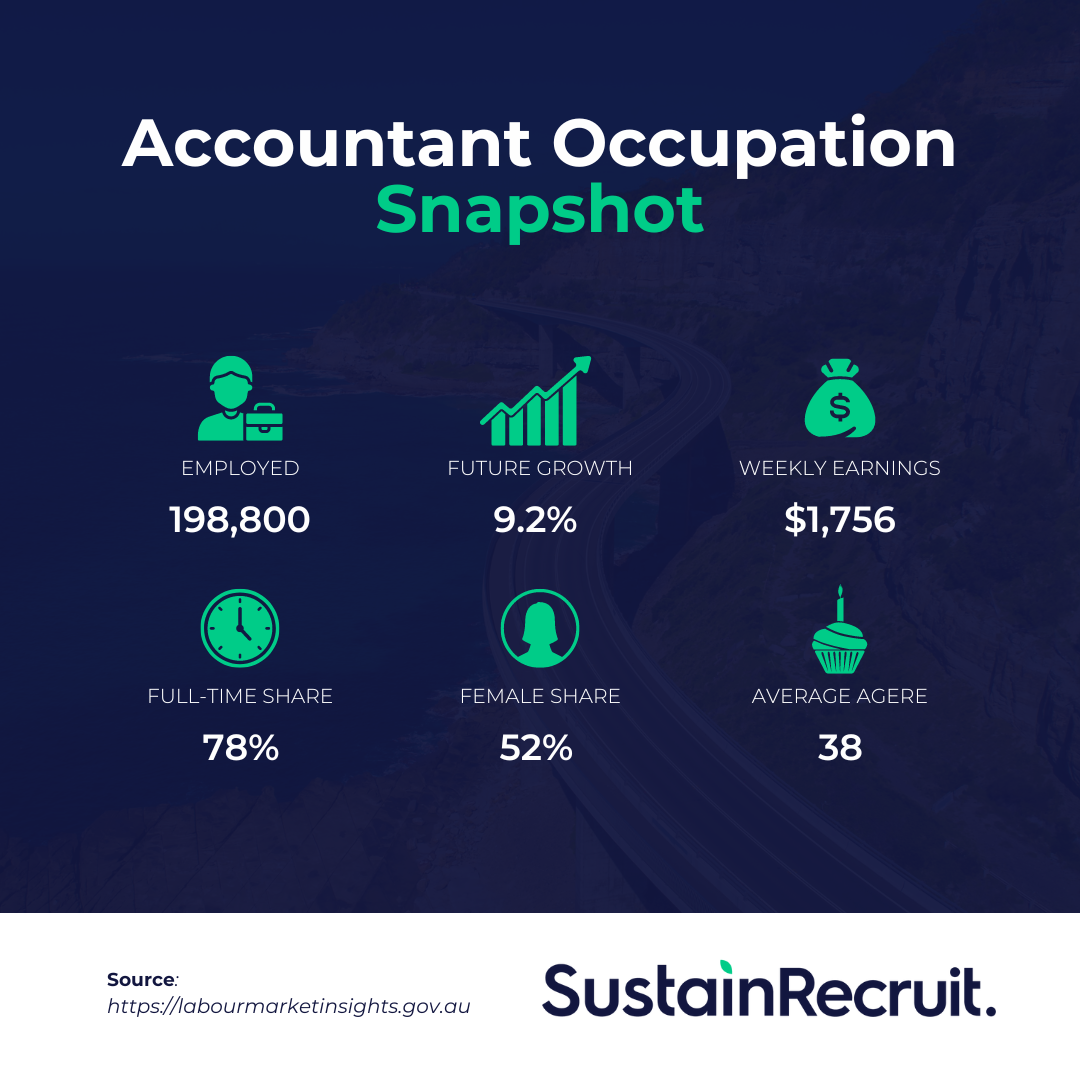The year 2023 saw an unprecedented wave of layoffs, affecting a staggering 239,603 employees across 1,043 technology companies. This tumultuous phase was triggered by the aftermath of the COVID-19 pandemic, prompting technology firms to recalibrate amidst business slowdowns. The adjustment came in response to investor pressure to rectify previous periods of exuberant hiring, resulting in a substantial reduction in labor costs.

The impact was profound, particularly felt in major corporations tagged as 'MAMAA' entities — Meta, Alphabet, Microsoft, Amazon and Apple. A significant percentage (66%) of those affected by massive layoffs were employees from Amazon, Google, or Meta, further underscoring the convergence of layoffs and a dwindling startup financing landscape, which significantly contracted the job market.
Amidst the chaos, Trainline, a UK-based travel booking service, seized the moment and recruited talent from tech giants, viewing these layoffs as an opportunity to provide a nurturing environment for affected programmers. However, the hiring freeze across various entities posed challenges in attracting skilled individuals despite their available expertise.
Despite the uncertainties, resilient developers chart paths towards similar or smaller organisaations. While 70% continue to eye positions within the tech realm, others broaden their horizons, seeking roles in finance, healthcare, and manufacturing. Larger tech corporations remain alluring for 66% of developers, thanks to their compensation packages, though startups struggle to entice due to constrained capital.
Individuals affected by layoffs, showcase the varied responses to this altered landscape. While some seek stability within larger corporations, others explore opportunities beyond the tech sphere or venture into entrepreneurship. This evolving trajectory shapes diverse career pathways, offering avenues despite the market's ebbs and flows.
In essence, the tech industry grapples with upheavals, impacting the choices of developers. Yet, the demand for skilled individuals persists, underscoring the need for investments in technology to optimise productivity and mitigate talent shortages.
[Source:https://medium.com/@artur-khudaverdiev/where-do-developers-go-after-cuts-ab9df7f6f0ca]









On The Journey Together
Subscribe to our newsletter
Newsletter
We will get back to you as soon as possible.
Please try again later.
Sitemap
All Rights Reserved | Sustain Recruit


